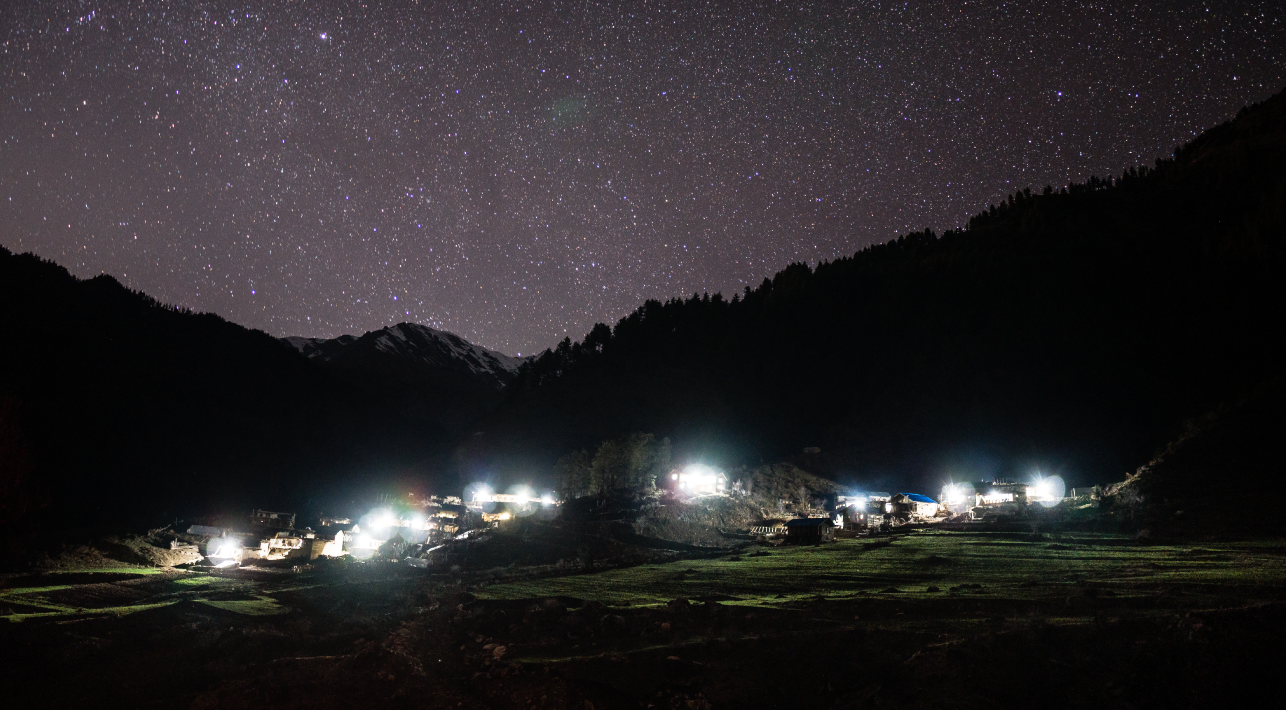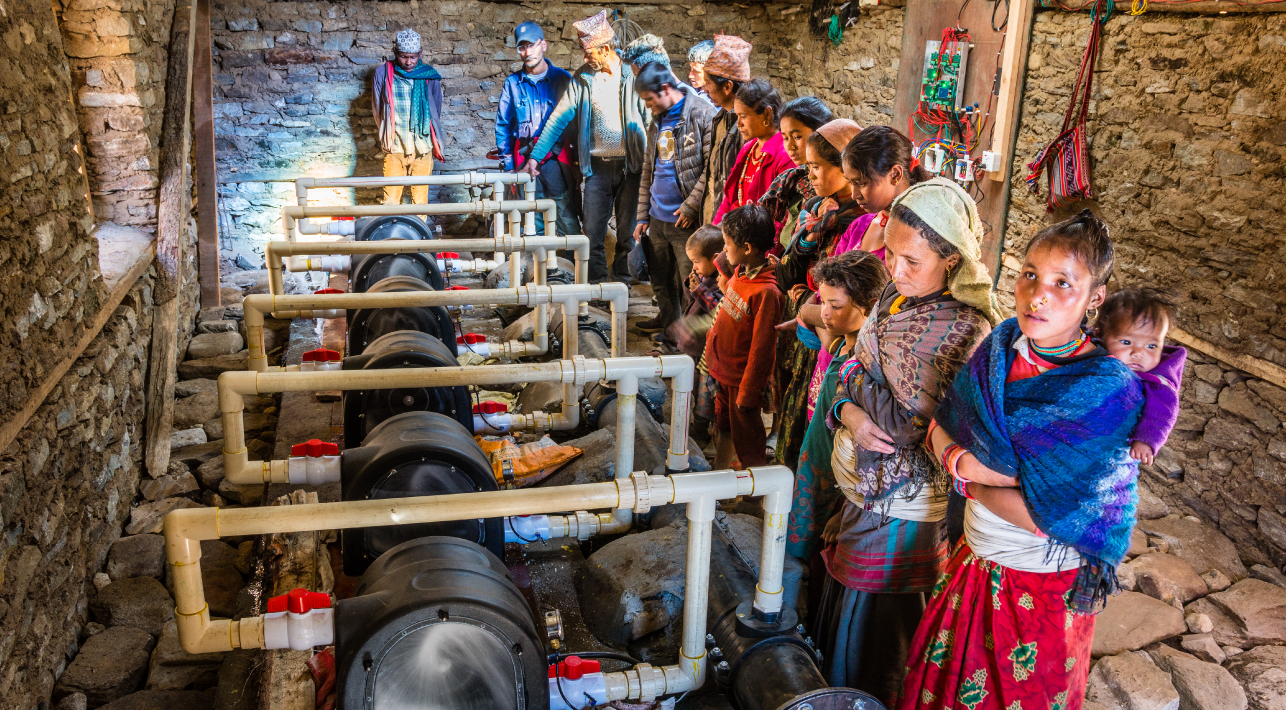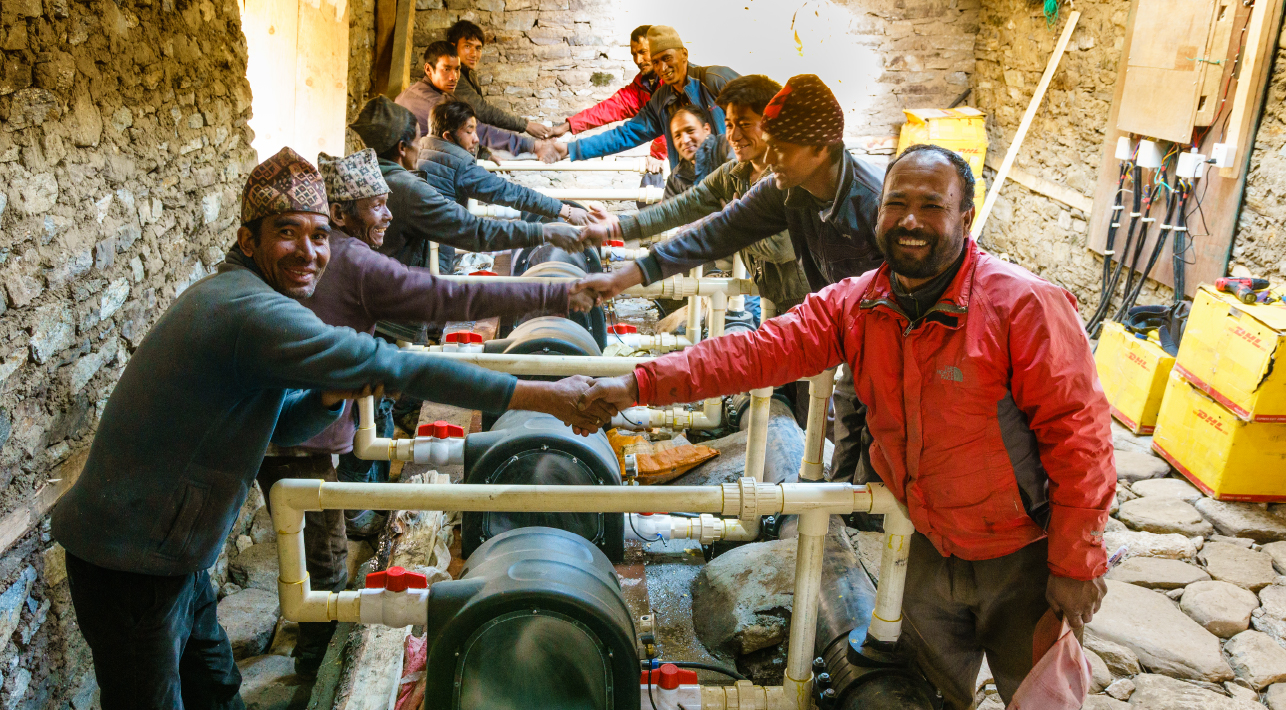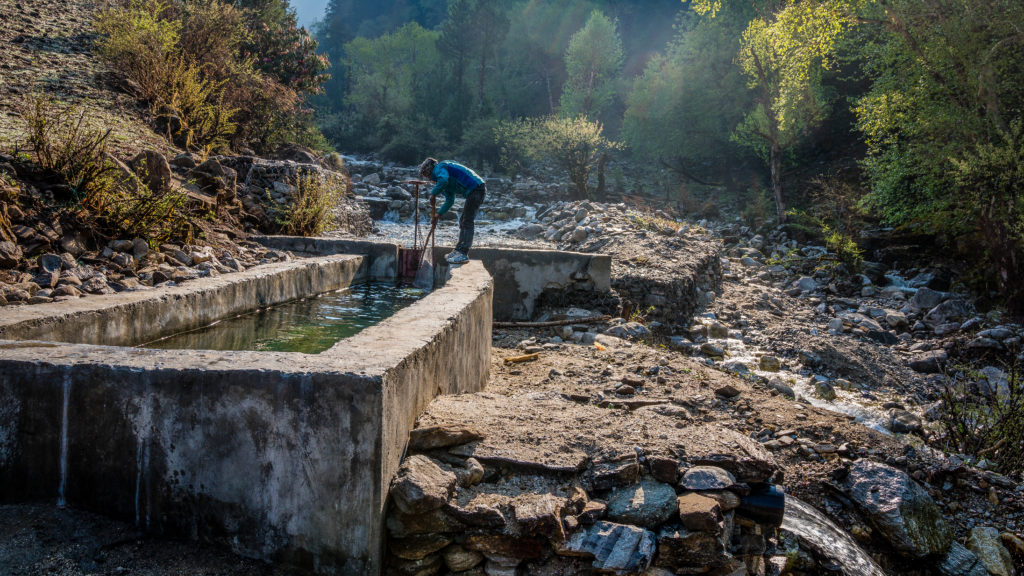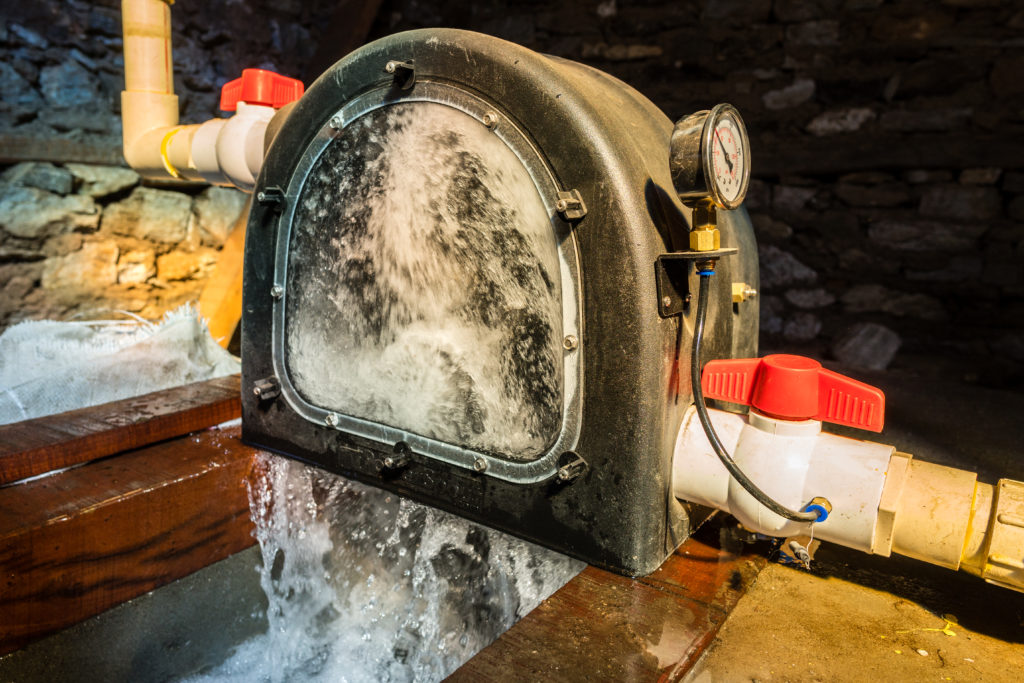Using the power of water to generate energy to meet the needs of an entire village in Nepal.
From no electricity all day to available energy 24 hours a day, 7 days a week
Unfortunately, the communities living in Nepal, in the remote highlands, do not have access to electricity for the majority of them. The construction and use of a minigrid is the best solution to meet their energy consumption needs. Most of the microhydro power plants built are far too big for a small village. They are too expensive for the villagers to maintain, which is why the use of a modular power plant that can evolve over time and adapt to the energy demand is the best solution.
RIDS-nepal has developed a modular power plant for the village of Mohari, allowing them to start with a small hydro generator that is more affordable, easier to maintain and to add turbines according to their energy needs. The residents can upgrade it themselves.
Thanks to the installation of this system, the quality of life of the residents has increased and they finally have electricity giving them access to lighting, hot water for showering improving their hygiene and health. It also allows them to recharge and use power-consuming appliances.
The water turbine system
In order to power the turbine system, a water supply is needed. For this purpose, a reservoir was built on the banks of the river near the village. The water is stored directly in the tank, with debris such as leaves and others floating to the surface for easy cleaning. The filter to keep out gravel and leaves are cleaned once a day to ensure that the water supply functions properly.
The water is fed directly into the turbine house through increasingly fine pipes, which increase the pressure of the water to 5 bar as it enters the turbine building.
The water pressure allows six Powerspout Pelton turbines to run, producing 6.6kW of power for the village. The number of hydro generators can be increased to ten in this modular system. The Pelton generators are serviced once a month (lubrication and rotation control). This low maintenance reduces the overall operating costs and facilitates the work of the installation personnel. The 300V DC power produced is sent through a 300m long cable to the building where the power is converted and distributed.
A minigrid for everyone
The current received from the turbines is converted into alternating current in this building. In the system, there are three vs70 load controllers, on each of which two turbines are connected. Three xtender 4000-48 are used to convert the DC current into AC current in three phases. The electricity is distributed independently in the two parts of the village (east and west).
When a surplus of production is detected by the computer, it allows the excess to be used for the production of hot water for the village sanitary system and for heating the community house. A 9.6 kWh battery system allows backup power in case of system malfunction.
The local people come at the beginning of each month to choose the amount of electricity and pay for it. This system allows each family to have energy according to their means. When the credit is exhausted, they have to pay again to continue to have a power supply.
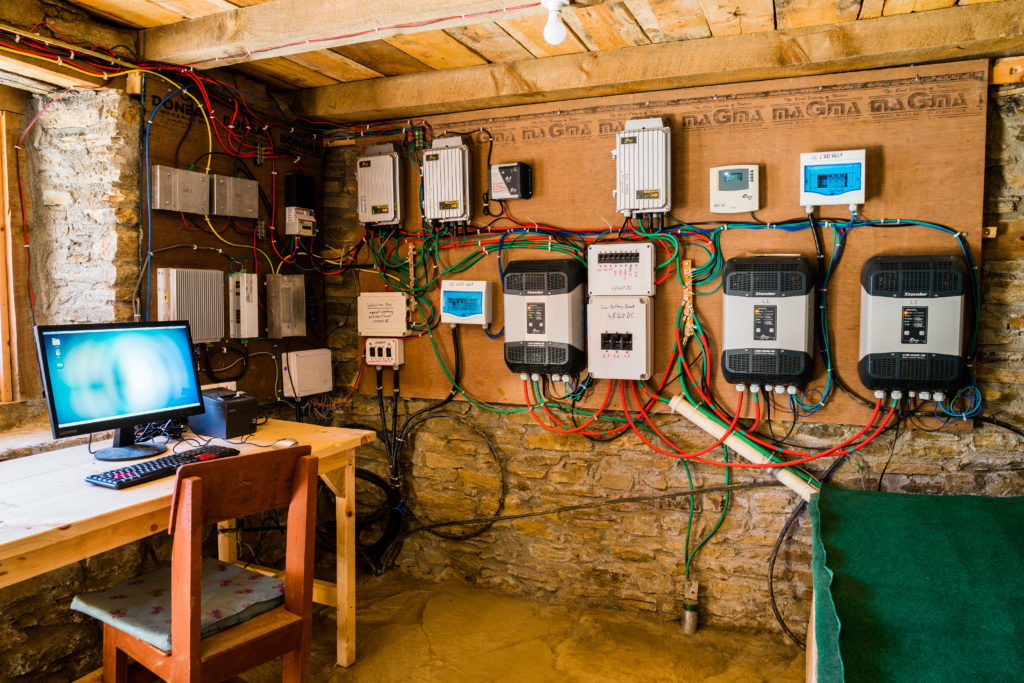
The house built to contain the energy conversion system allows the villagers to carry out various community activities. Children, who have never had the opportunity to learn the basics before, now have access to education through this building.
The benefits of the system
The concept of a modular hydroelectric power plant is proving its efficiency, since the installation of the minigrid, the locals have been able to increase their quality of life, they now have access to hot water, electricity, education, technology, heating and light.


